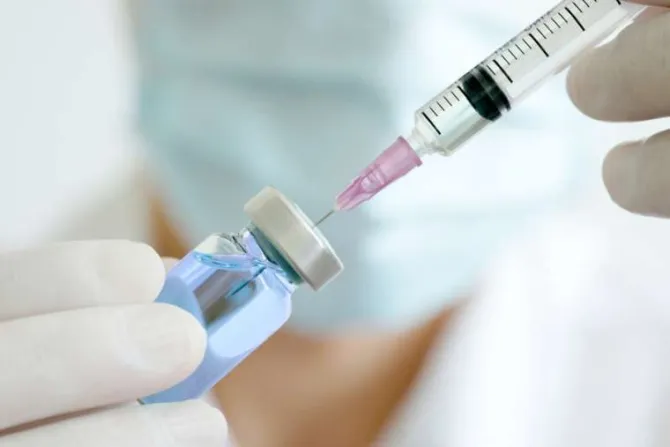Manila, Philippines, Sep 24, 2019 / 23:03 pm
A Catholic bishop in the Philippines called for a strong response from the government to fight poliovirus, following an announcement last week from health officials that the once-eradicated disease has made a reappearance.
"It is very sad that there is a re-emergence of polio after having eliminated it for many years," Bishop Broderick Pabillo, auxiliary bishop of Manila, said in an article published by the country's Catholic bishop's conference.
"This tells us that we should not let down our guard in fighting diseases," he said.
The Philippines had been polio-free for almost 20 years, but last week, national health officials confirmed the poliovirus in two children, ages 5 and 3, in two different provinces.
Health officials said the poliovirus was also detectable in the sewage of Manila and in the water in the southern Davao region, according to a report from the AP.
"We encourage parents to have their children vaccinated against polio," Pabillo said, and added that the government should focus some of their efforts on the education of parents that the vaccine is "safe and necessary."
"DOH (Department of Health) should also be warned to be very transparent in its programs to gain the trust of the people and to allay their fears," Pabillo added.
Health Secretary Francisco Duque III urged parents with children ages 5 and under to participate in coordinated polio vaccinations that will take place in communities throughout the country, the AP reported.
According to statements given to the AP, the World Health Organization (WHO) and the United Nations Children's Fund said that at least 95% of the country's children must be vaccinated against polio in order to stop the spread of the disease.
According to Mayo Clinic, polio is a contagious virus that spreads through contact with another person who has polio. It can cause nerve injury, paralysis, difficulty breathing, and in some cases death. Less severe cases of polio manifest similar symptoms to the flu. Some people contract the virus but never present symptoms of polio.
While the poliovirus most frequently occurs in children age 5 and under, unvaccinated adults can contract the disease, according to health officials.
Even children who appear to make a full recovery from polio may be struck with paralysis as adults in what is called post-polio syndrome, according to the Centers for Disease Control.
There is no known cure for polio; health officials recommend vaccination as the best form of polio prevention. According to the CDC, 99% of children vaccinated against polio will be protected against the disease.
The last case of naturally-occurring polio in the United States was reported in 1979, according to CDC data. In the U.S., children are typically vaccinated against the disease as infants, with additional doses of the vaccine given until they enter elementary school.


